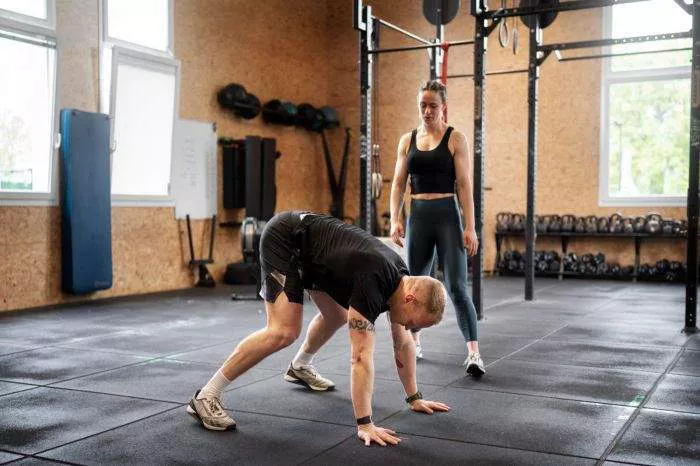From cricket icons MS Dhoni and Suresh Raina to fitness enthusiasts like Milind Soman and rock climber Gowri Varanashi, many prominent figures are adopting India’s oldest fitness techniques, blending them with modern practices. This trend is gaining traction among both celebrities and the general public, who are increasingly drawn to traditional Indian exercises.
Star athletes and celebrities, including Suresh Raina, MS Dhoni, Milind Soman, and Ankita Konwar, advocate for the benefits of exercises such as earth-digging, rope climbing, and using ancient tools like the Hanuman Gada, Mudgar, and Vajra for body strengthening. This shift signifies a broader move towards traditional Indian fitness regimes over conventional gym workouts and diet plans, highlighting the cultural roots of these practices.
Rishabh Malhotra, Founder of Tagda Raho in Bengaluru, emphasizes the appeal of open gyms and traditional exercises. “Not everyone likes going to a gym to sit on machines,” Malhotra explains. He notes that people in cities like Bengaluru often engage in diverse activities throughout the week, including yoga, running, and cycling, along with traditional workouts.
Bruce Miranda, Co-Founder of Be Fit Marathon Training Academy, observes a growing interest in various forms of exercise beyond conventional gyms. “The pandemic allowed people to explore new fitness experiences from home, such as yoga, animal flow, and calisthenics,” says Miranda. However, he cautions against blindly following social media trends, which can sometimes lead to injuries.
Desi strength training has long been a part of Indian culture, but its benefits have become more pronounced in recent years. Rishabh Malhotra highlights Tagda Raho as a pioneering initiative in reintroducing traditional training methods in a contemporary format. He underscores the importance of making such practices accessible, comparing the potential growth of traditional fitness models to the global spread of yoga.
Madhuri and Sunil Kudva of Elite Fitness-Personal Training Centre in Mumbai acknowledge the transient nature of fitness trends but stress the importance of consistent physical activity. “Any kind of fitness is good for people. It’s better to do something than nothing at all,” says Sunil Kudva. Home gyms, according to Kudva, offer convenience and comfort, although he notes that serious workouts at home remain relatively uncommon.
Shivangi Sarda, Marathoner and Founder-Coach of Fitness Trail, notes a preference for home and open gyms due to their convenience, especially in cities where commuting can be time-consuming. Sarda also observes that traditional gyms continue to attract people who enjoy the social interaction and structured routines they offer.
Traditional Indian exercises like earth-digging, Hanuman Gada, and stone dumbbells are finding their place in modern fitness centers. Indians are increasingly moving away from machine-based workouts to embrace more dynamic, desi fitness practices. “The future of fitness in India will be shaped by functionality, sports, and holistic formats,” says Malhotra, suggesting that these approaches offer a broader scope beyond weightlifting alone.
As fitness evolves, the question remains whether simpler, traditional Indian exercises can yield comparable results to modern methods. Only time and a commitment to desi workouts will provide the answer.


